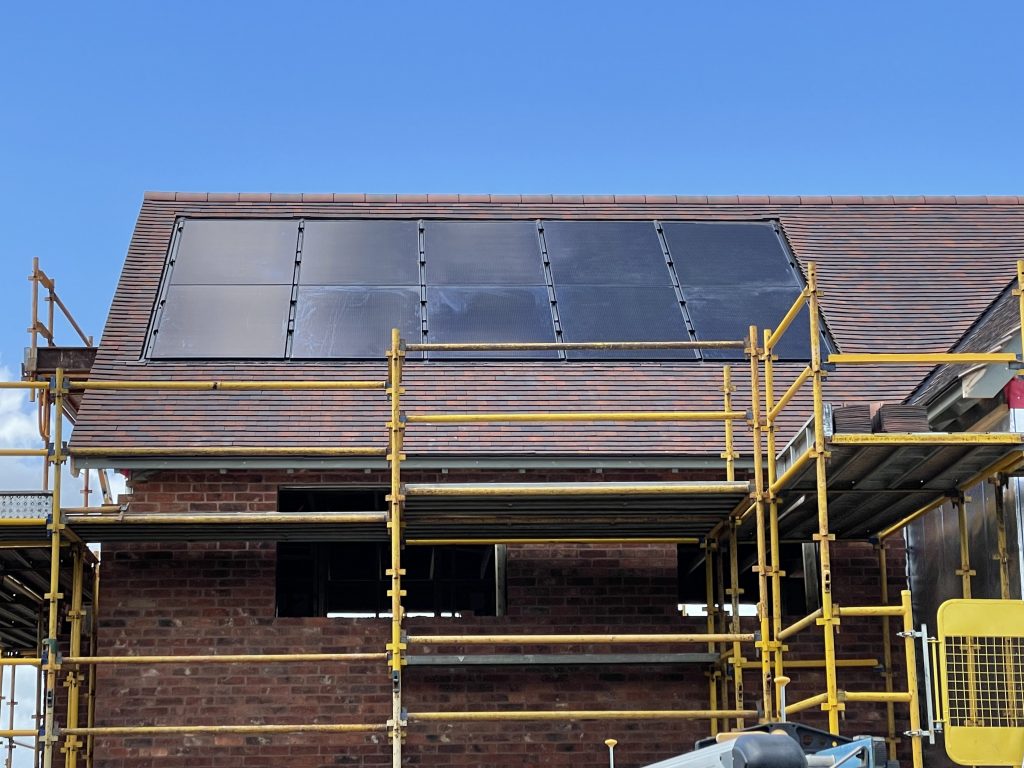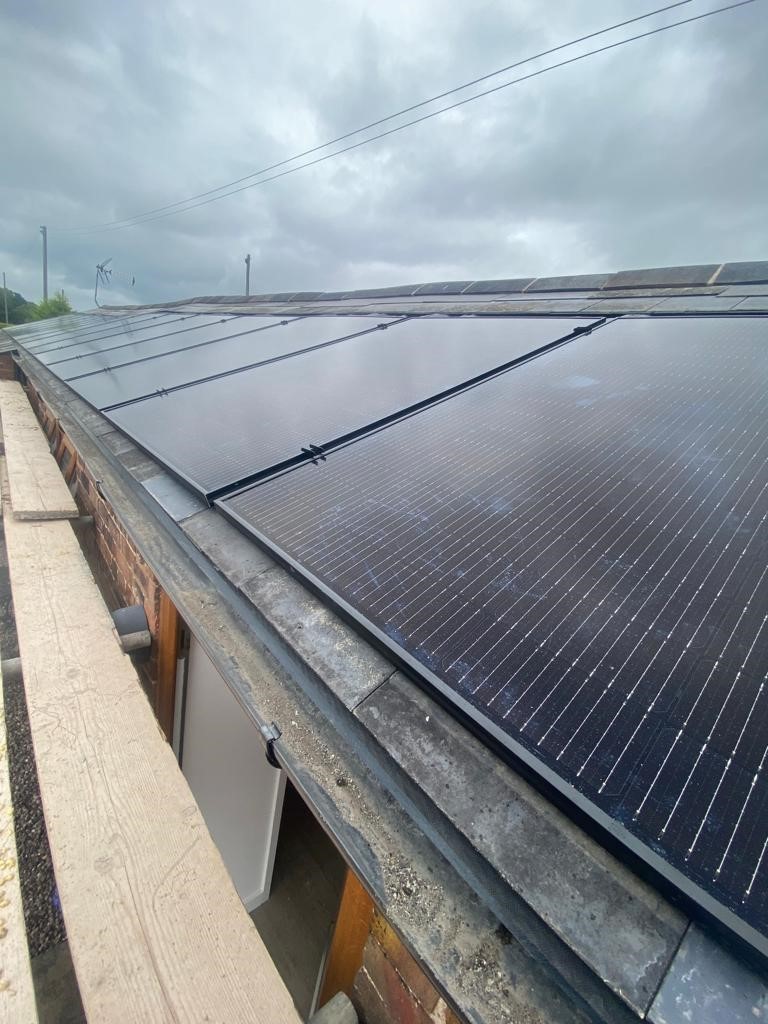The main difference between in-roof and on-roof solar panel installations lies in the way the panels are integrated into the structure of the building.
In-Roof

In-roof solar panel installations involve removing a section of the roof and replacing it with solar panels. The panels are then integrated into the roof structure, creating a flush and seamless appearance. This type of installation is typically done during new construction or major roof renovations, as it requires coordination with the roof installation process. In-roof installations provide a sleek and integrated look, as the panels become part of the roof itself. They also offer improved weatherproofing, as the panels are tightly sealed and integrated with the roof. However, in-roof installations can be more expensive and may require additional structural modifications.
On-Roof

On-roof solar panel installations, on the other hand, involve mounting the solar panels on top of the existing roof using racks or frames. The panels are secured to the roof surface without any alterations to the roof structure. On-roof installations are more common for retrofitting existing buildings with solar panels. They are relatively easier and less expensive to install compared to in-roof installations. However, on-roof installations may result in a slight elevation of the panels from the roof surface, which can create a visible gap between the panels and the roof. This gap allows for better airflow and can help cool the panels, improving their efficiency.
Both in-roof and on-roof installations have their advantages and considerations. The choice between the two depends on factors such as the building’s construction, aesthetics, budget, and individual preferences. Consulting with a solar energy professional can help determine which installation method is most suitable for a specific project.
